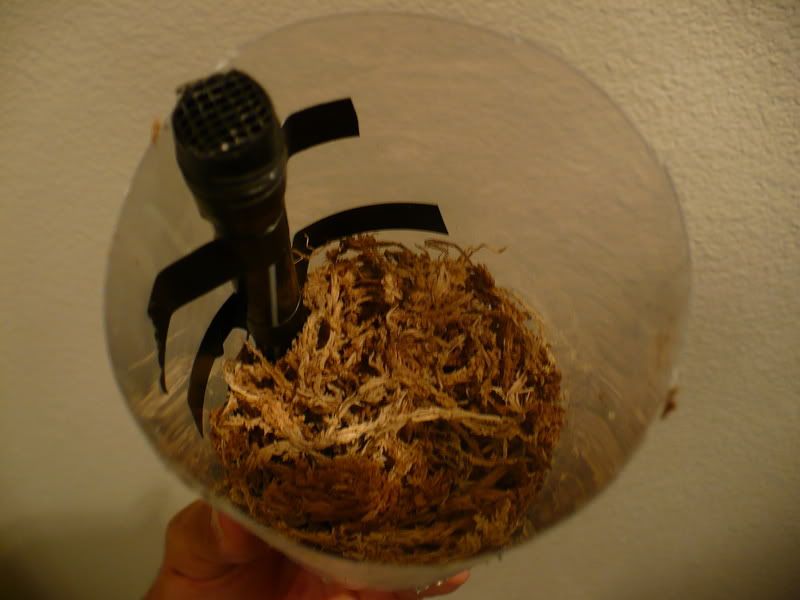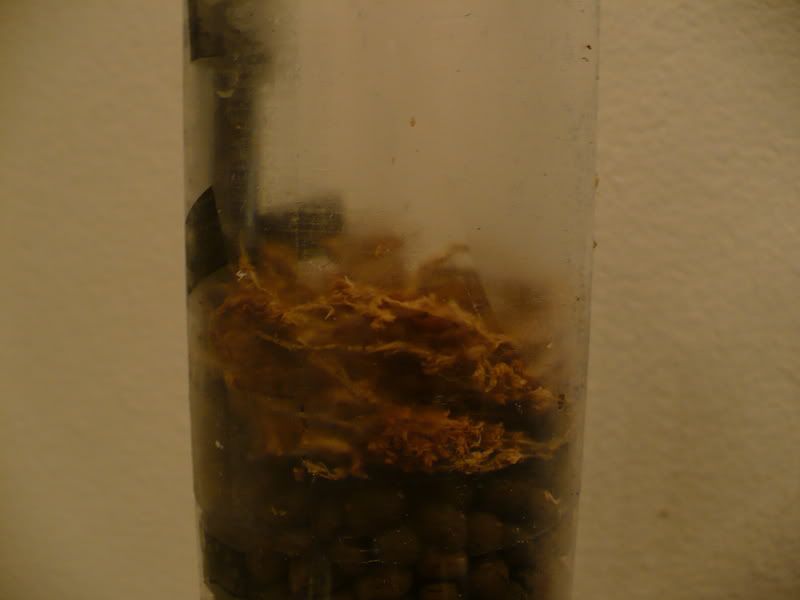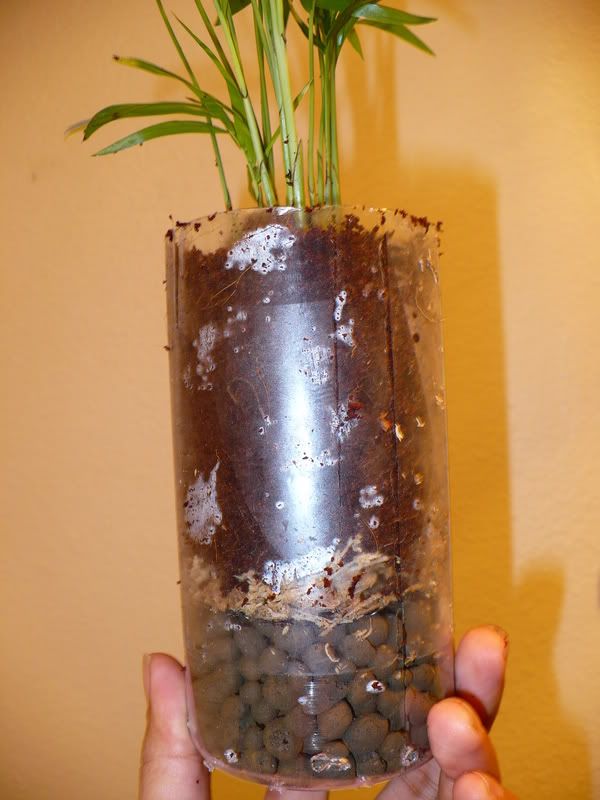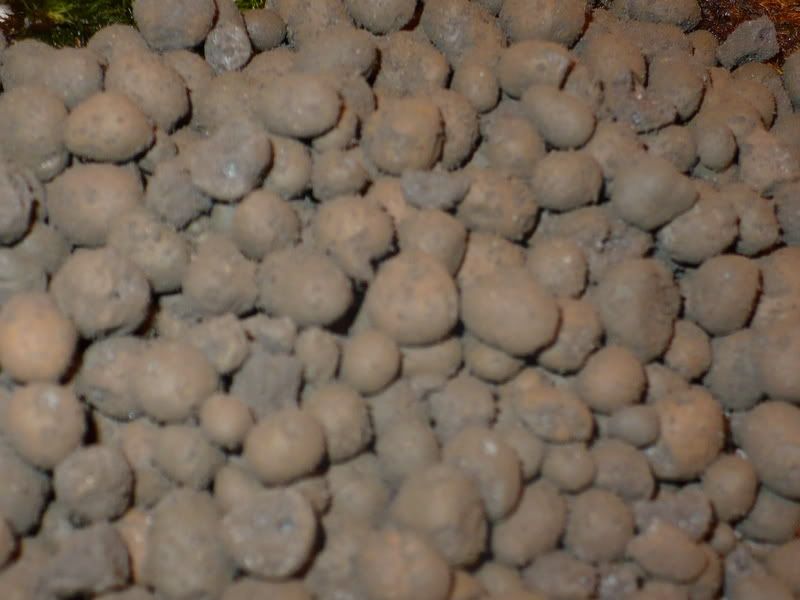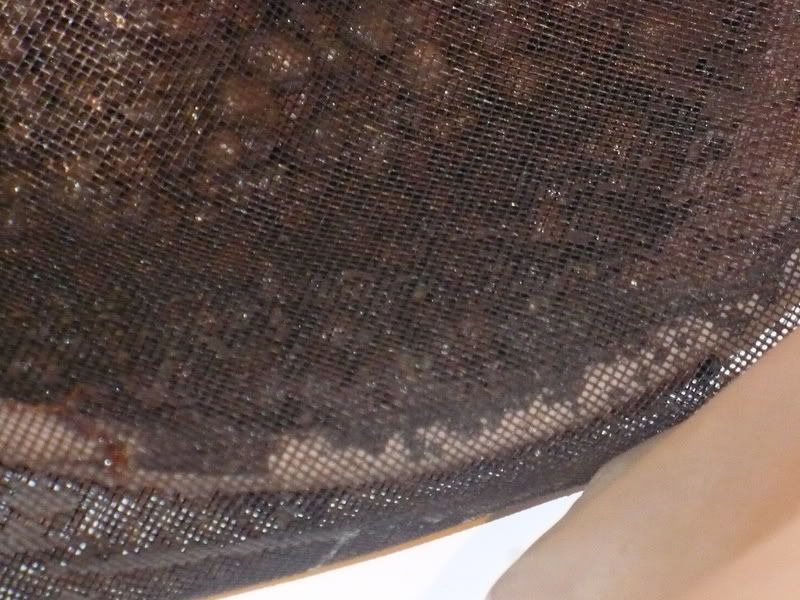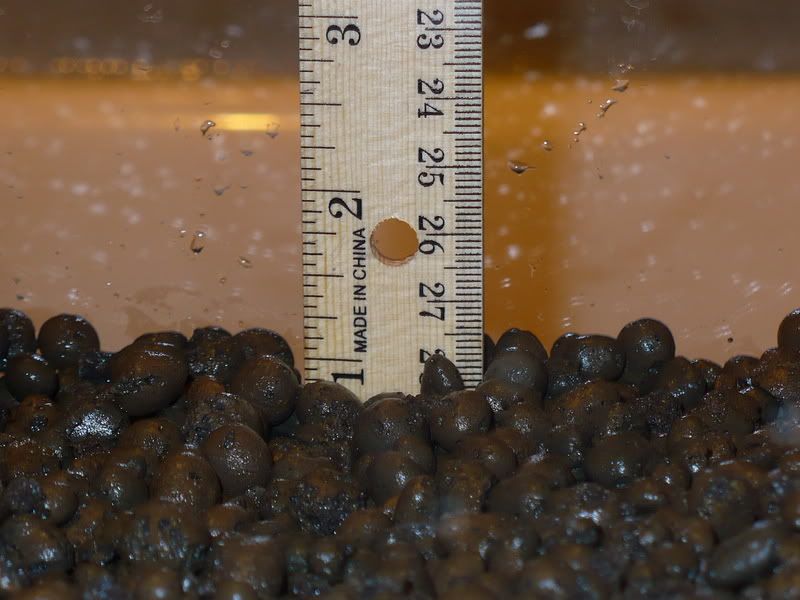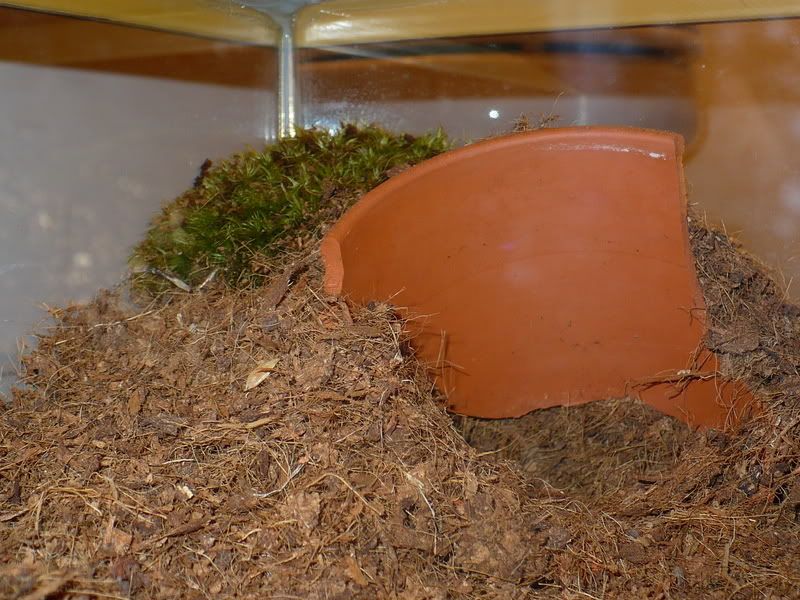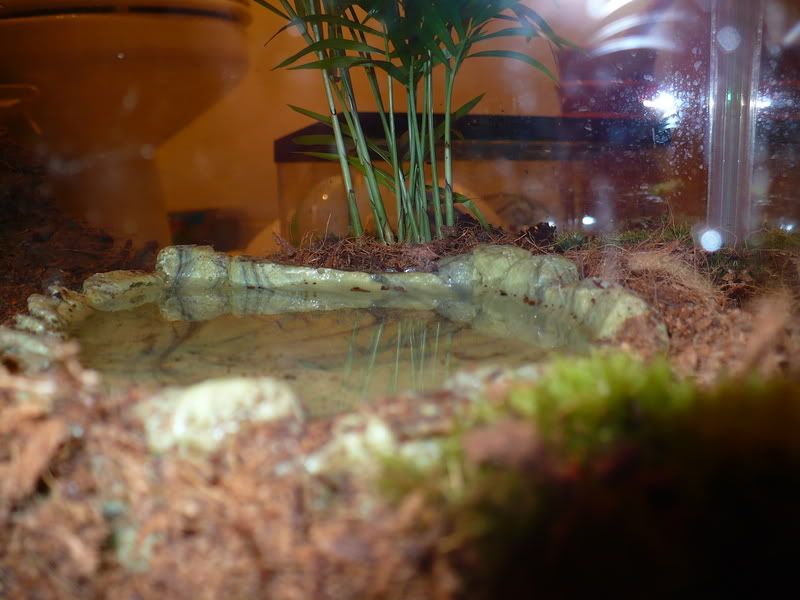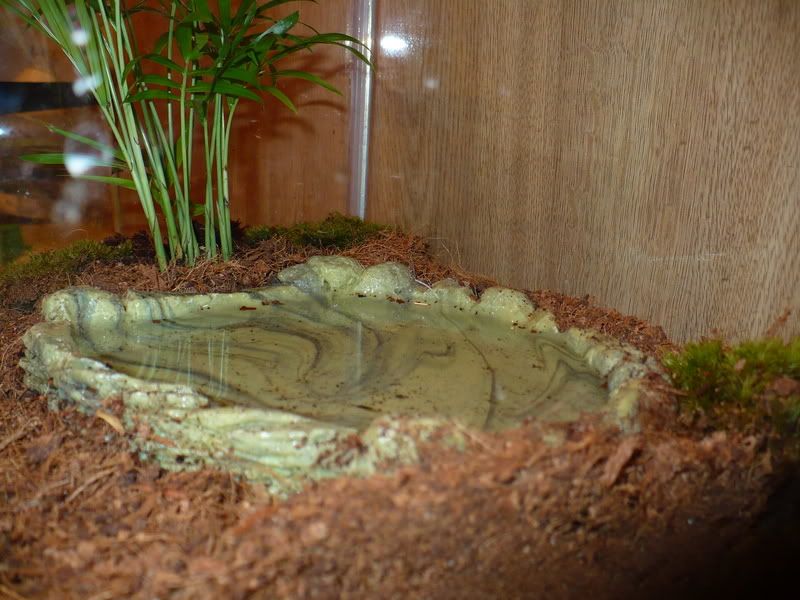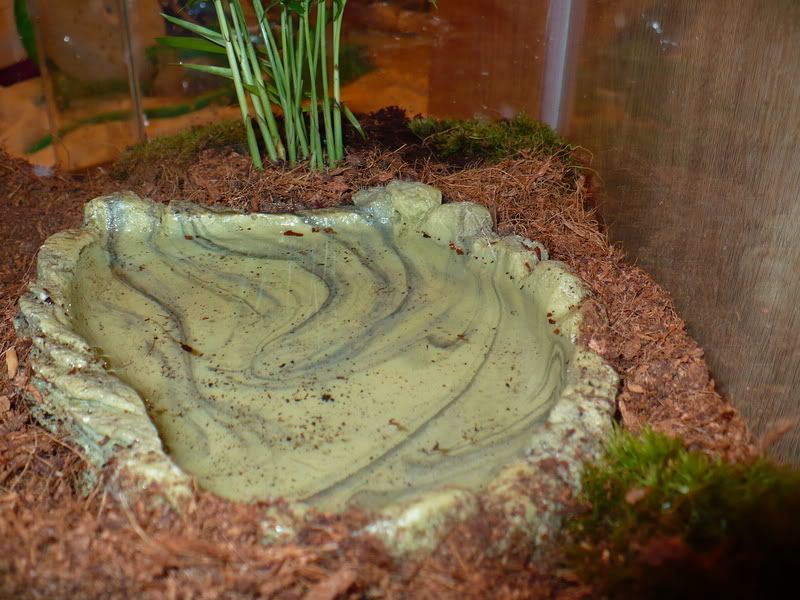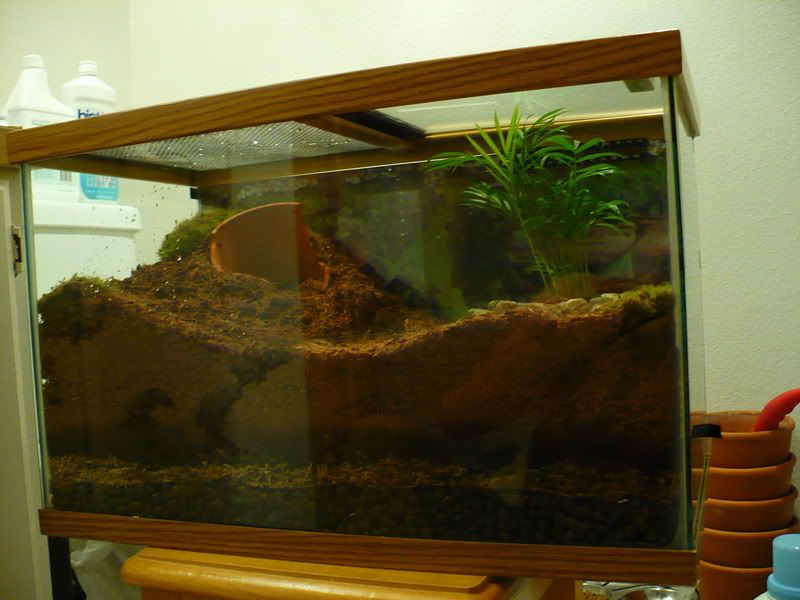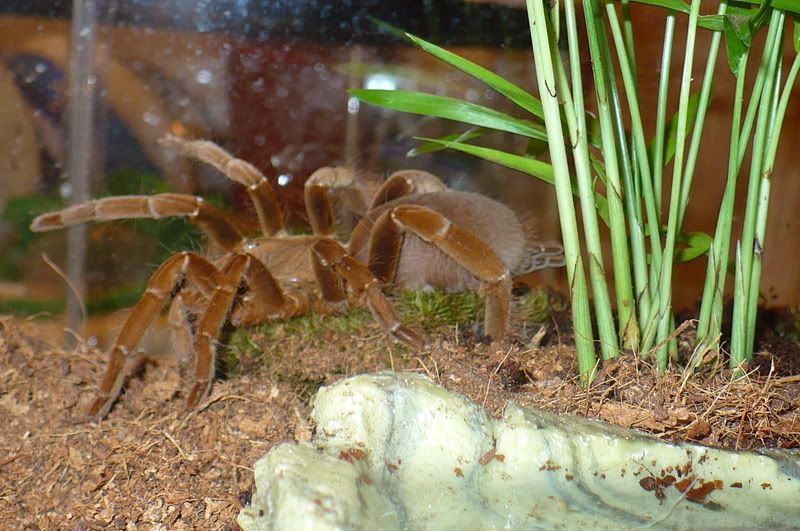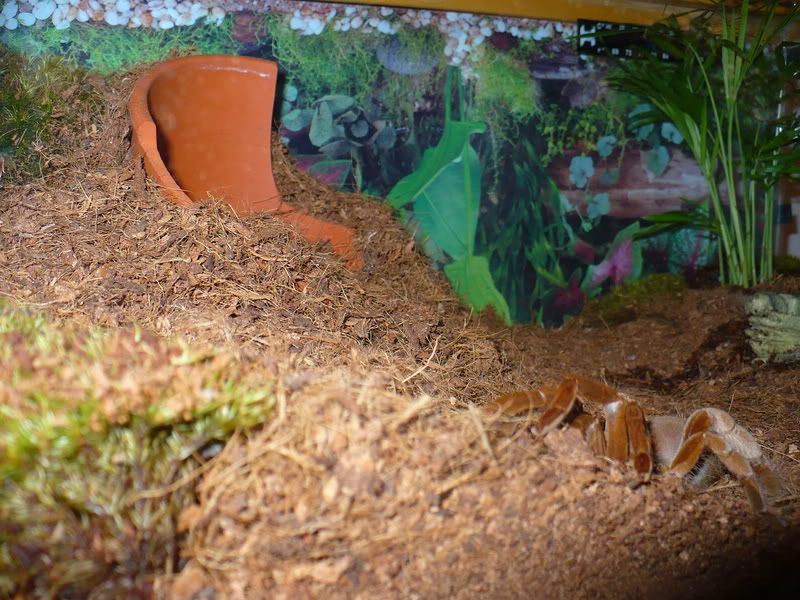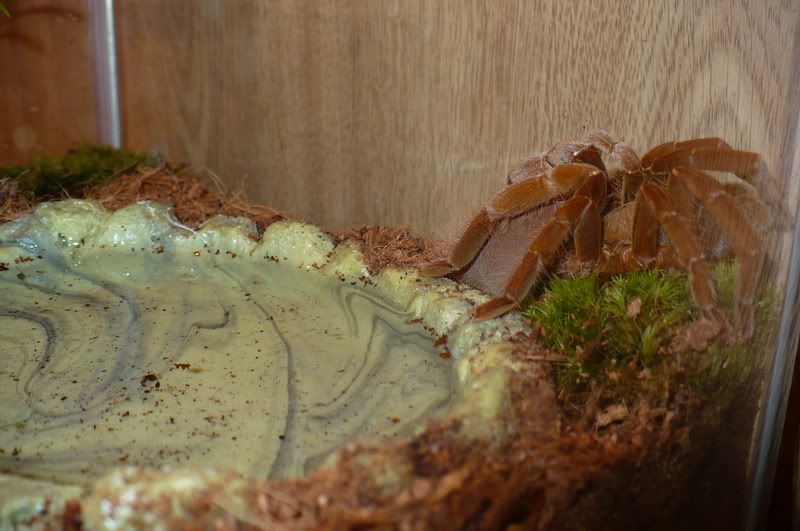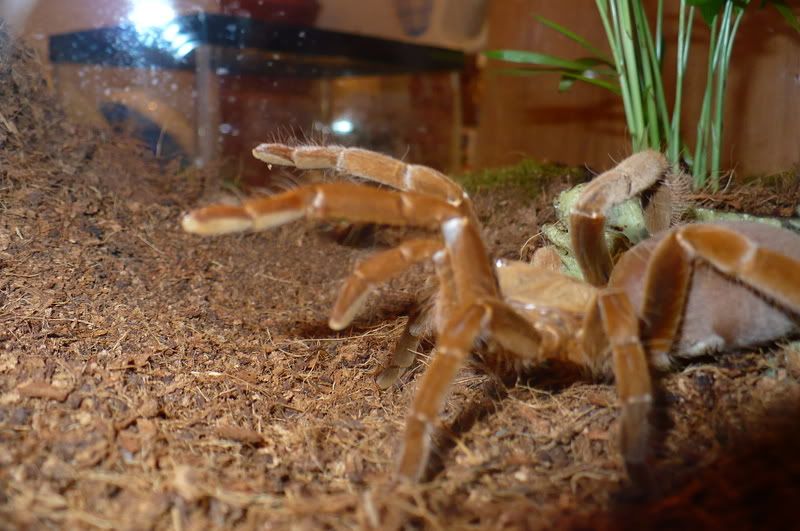Incorporating design elements from false bottom enclosures and those that use live plants I have constructed a high humidity enclosure designed for fossorial species such as Citharischius crawshayi and Hysterocrates gigas. In terms of tarantula terrariums false bottoms are usually reserved for arboreals. Due to the amount of substrate used in an arboreal enclosure the subject of water evaporation was a non issue. Since my set up is for burrowers, I'm concerned about the effectiveness of water evaporation and this enclosure is a test of sorts to see what complications (if any) arise in this scenario.
I'm calling this project a prototype. Several of these elements will be changed and upgraded. If successful, rock out. If not, back to the drawing board. This go around, the main focus was on adding the water and supporting living plants.
Materials used:
10 Gallon Fish Tank (20x10x11}
Frog Moss
Coconut Fiber (used fine fibers for deeper layers and coarser fibers for upper layers)
Sphagnum Moss
Fiberglass Screen
Hydro Balls
Plant
Straw
Water Bottle
Exacto Knife
Scissors
Tape
Flower Pot
Water Dish

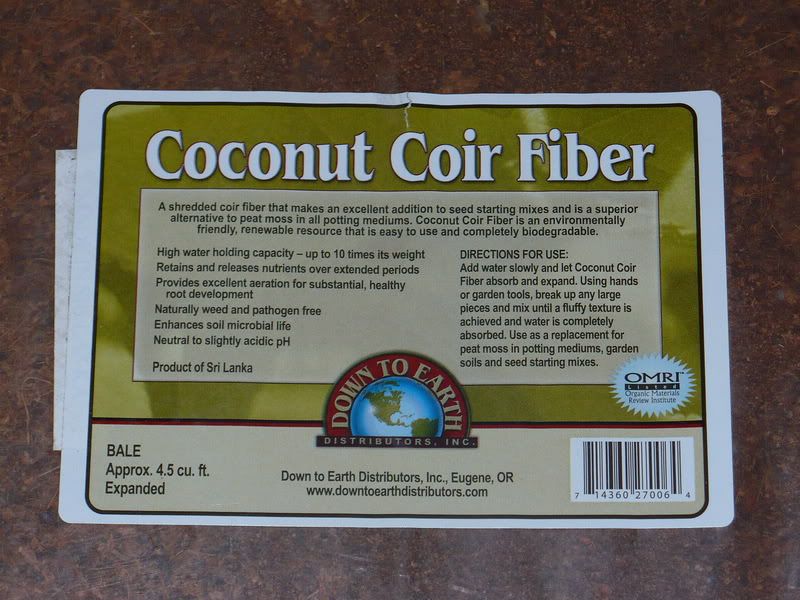
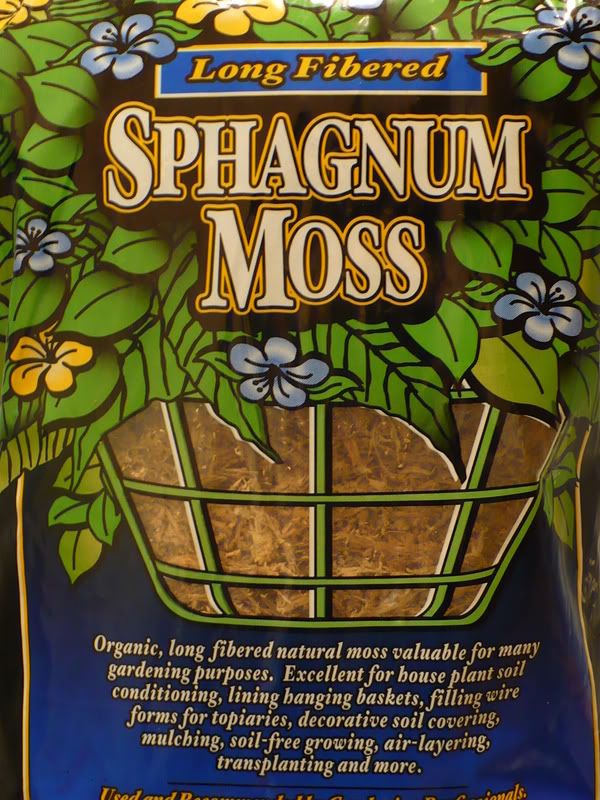
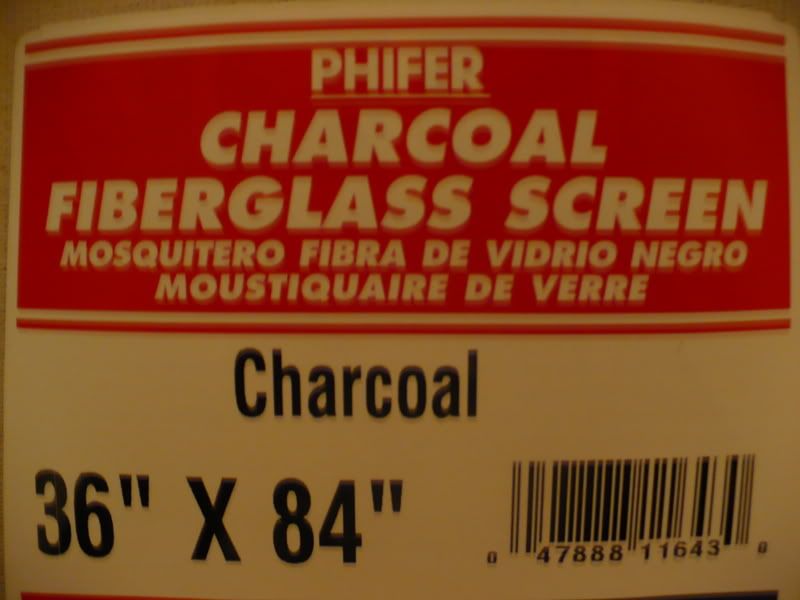
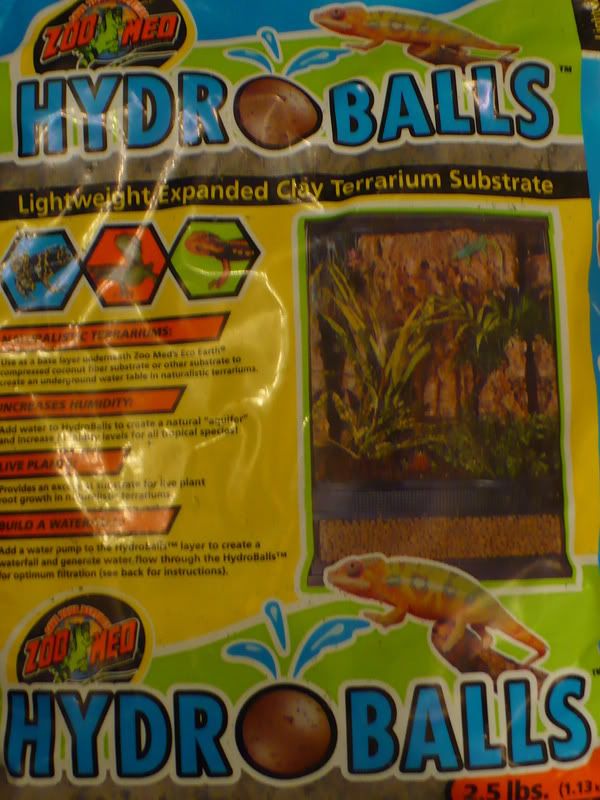
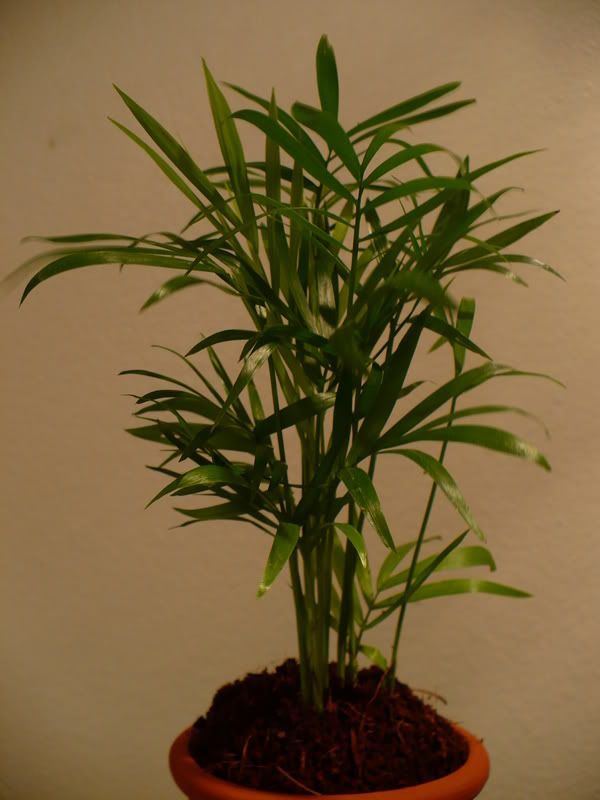
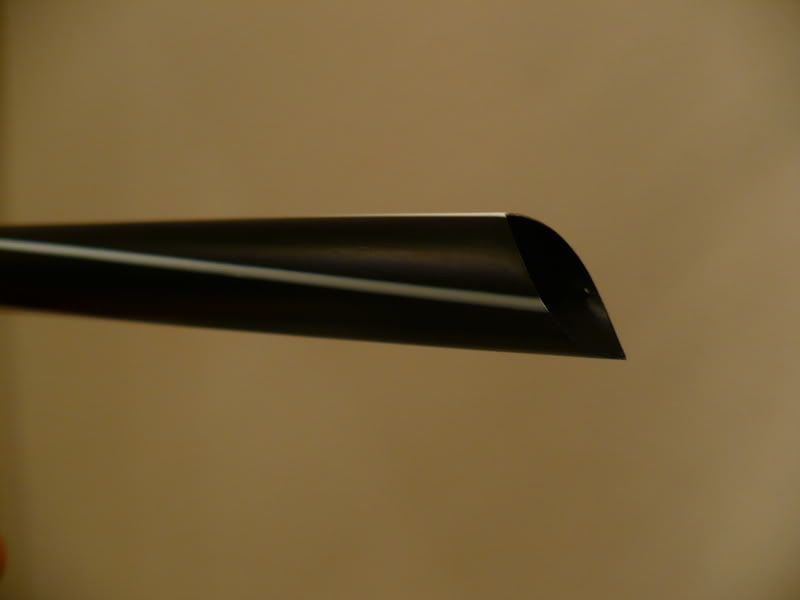

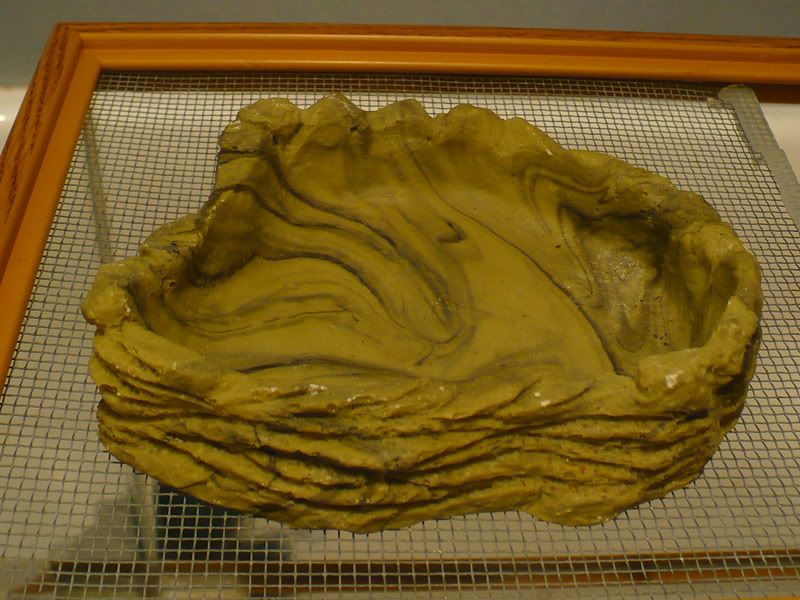
I'm calling this project a prototype. Several of these elements will be changed and upgraded. If successful, rock out. If not, back to the drawing board. This go around, the main focus was on adding the water and supporting living plants.
Materials used:
10 Gallon Fish Tank (20x10x11}
Frog Moss
Coconut Fiber (used fine fibers for deeper layers and coarser fibers for upper layers)
Sphagnum Moss
Fiberglass Screen
Hydro Balls
Plant
Straw
Water Bottle
Exacto Knife
Scissors
Tape
Flower Pot
Water Dish












